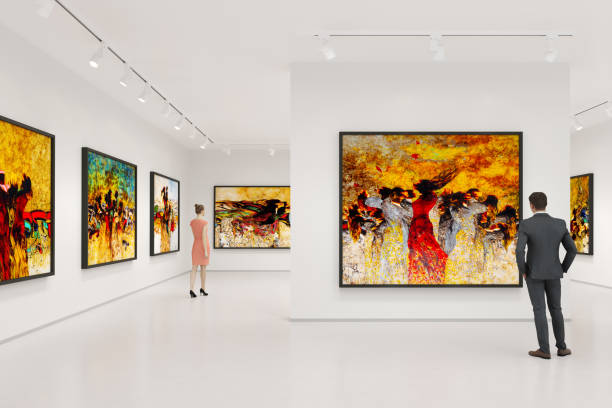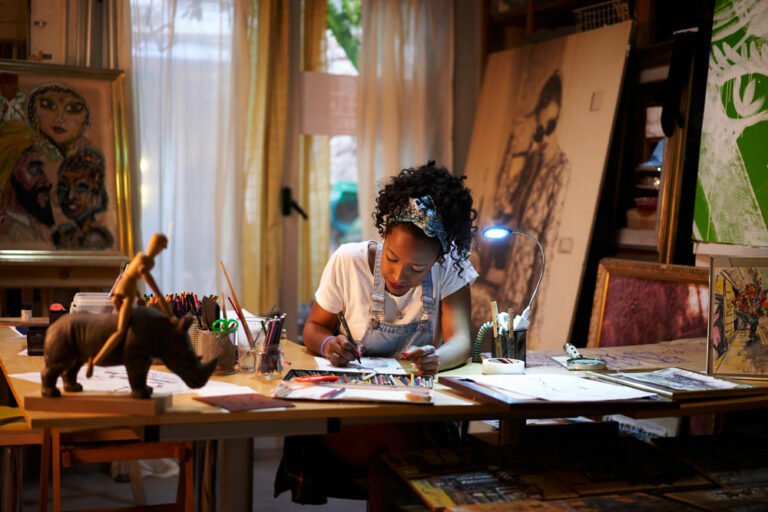The origin of art is linked to that of humanity itself. It was the system that our ancestors created to externalize their thoughts and emotions and, from the first cave painting to the last contemporary piece, art has served as a medium, form and source of human expression. It is a universal communication channel that transcends linguistic and cultural barriers. Through various artistic disciplines such as painting, sculpture, music, theater, dance or literature, artists can express ideas and emotions in a unique way.
Throughout history, art has transmitted beliefs, values and experiences of different cultures and communities. But how does art contribute to today’s society? There are many reasons that explain why art is one of the essential pillars of the social and economic development of a country.
How does art influence society?
Art plays a fundamental role in the way people think, feel and relate to each other, which is why its influence on society is more than significant.
One of the most notable contributions is the ability it has to provoke social and political changes. Artists have used their art as an instrument of protest and activism, addressing issues such as inequality, injustice and oppression. Through their works, they have managed to draw attention to certain social problems and raise awareness, mobilizing people towards change and action.
Art also performs another important function in society: the construction of cultural identities. By representing local traditions, customs and narratives, art strengthens the sense of belonging and preserves cultural heritage. Furthermore, in the specific case of contemporary art, it challenges and reinterprets established cultural norms, questioning preconceived ideas and promoting diversity and inclusion. And, of course, we cannot forget the economic impact of the art sector. Both art and culture have become key drivers for tourism and local development in many regions. Furthermore, the art market itself is a constantly growing industry, with auctions, galleries and fairs that move millions of euros every year.
The importance of art for human beings
One of its most notable aspects is the effect that art generates on people’s personal and emotional development. Art provides an avenue to express and explore individual emotions and experiences. In addition, it stimulates the imagination, improves the capacity for empathy and promotes the understanding of different perspectives and realities.
In the educational field, art has the ability to act directly on the cognitive and creative progress of individuals, especially children. Participating in artistic activities fuels your creativity, improves problem-solving skills, and encourages self-expression. Likewise, art develops aesthetic appreciation and the capacity for critical analysis, very valuable skills in various fields of study and professions.
Through art, children acquire numerous resources that will help them address the personal and work challenges they will encounter throughout their lives. According to the World Economic Forum, among the first five skills that will be required of the workers of the future, four of them will be related to creativity: analytical thinking and innovation; solving complex problems; critical thinking and analysis; creativity, originality and initiative.
Art today: what it contributes and what its function is
The importance of art today lies in the numerous benefits it brings to society: it inspires, promotes intercultural dialogue, questions social norms, boosts the economy and contributes to the personal and emotional development of people.
It is a powerful tool that allows us to explore the reality in which we live, and that invites us to imagine and build a better future.
Article written by: Luis M. Antonetti
INSTAGRAM: https://www.instagram.com/fotolibre/



